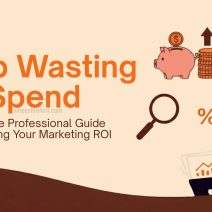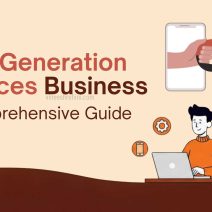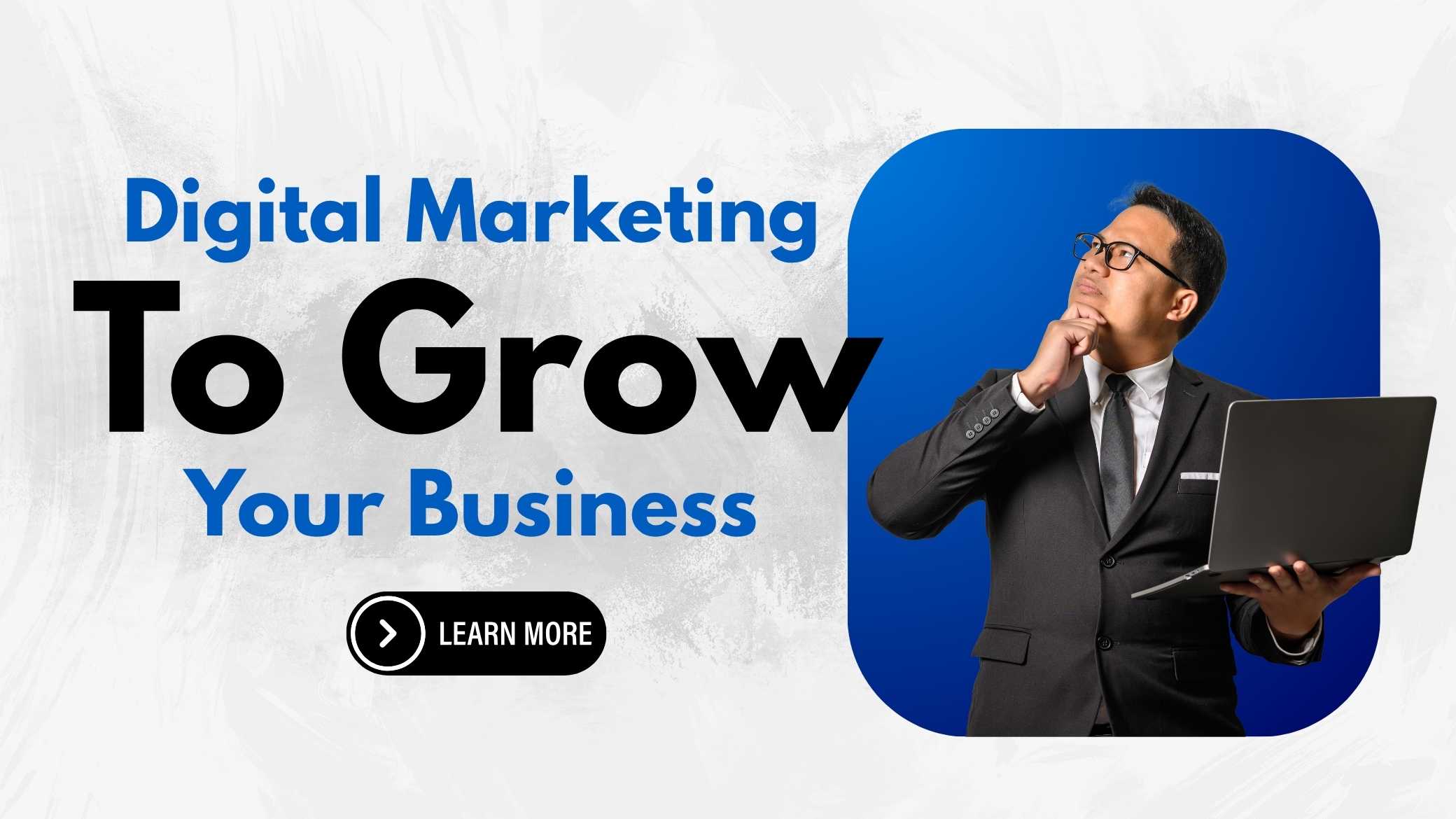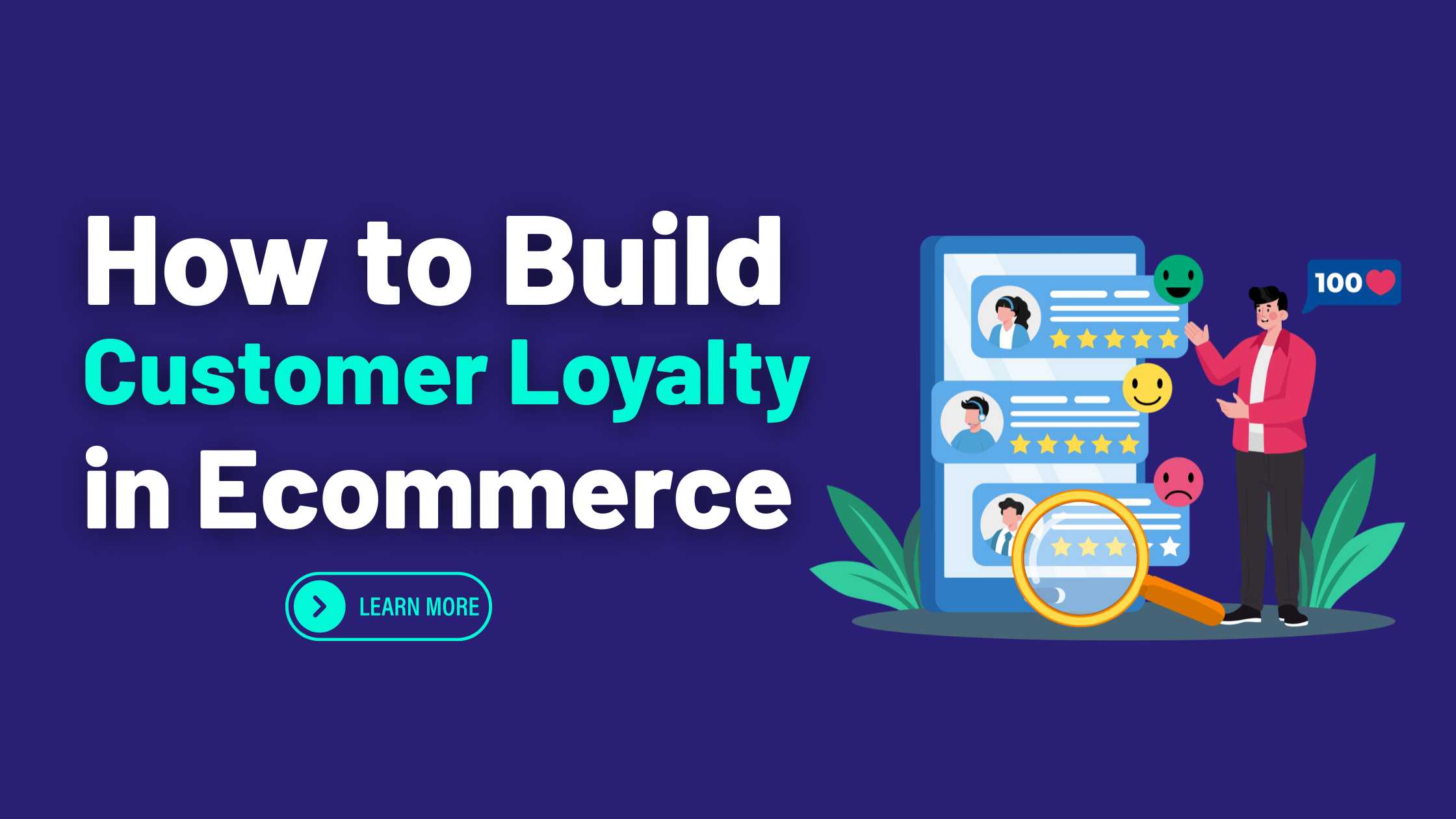Affiliate Programs for E-com Brands : Affiliate marketing is no longer just an optional growth channel for ecommerce brands—it’s now a core part of modern ecommerce success. As consumer trust shifts from traditional advertising to influencer recommendations, affiliate programs offer brands a low-risk, high-reward system to boost traffic, conversions, and brand loyalty.
Table of Contents
In 2025, affiliate programs are evolving with better tools, smarter AI integrations, and a renewed focus on performance-driven partnerships. This guide explores everything ecommerce brands need to know about affiliate programs in 2025—how they work, why they matter, and how to build one that scales.
🚀 Why Affiliate Programs Are Essential for Ecommerce Growth in 2025

Affiliate programs are a performance-based marketing strategy where ecommerce brands reward affiliates (publishers, influencers, bloggers, YouTubers, etc.) for driving traffic or sales to their websites. Unlike paid advertising, you pay for actual results—making it one of the most cost-efficient marketing models available. In 2025, this model is even more critical due to rising customer acquisition costs (CAC), growing ad fatigue, and the increasing importance of creator-driven commerce.
Also Read : How to Build a Successful Affiliate Website Step-by-Step
High-reach influencers, nano affiliates, and AI-generated content affiliates are playing a major role in ecommerce brand promotion. With cookie-less tracking, improved attribution models, and real-time analytics, affiliate programs are smarter and more measurable than ever before.
💡 Key Benefits of Running an Affiliate Program in 2025
1. Cost-Effective Customer Acquisition Without Upfront Ad Spend
Affiliate marketing allows ecommerce brands to control their marketing budgets by only paying when desired actions (like sales) are completed.
2. Increased Brand Visibility Through Influencer and Content Partnerships
Affiliates introduce your products to new audiences through blog posts, reviews, YouTube videos, Instagram reels, and TikToks—boosting awareness and credibility.
3. SEO and Backlink Benefits from Affiliate Content
Affiliate blogs, reviews, and product listings often link back to your store, enhancing your SEO profile organically.
4. Scalability With Minimal Internal Resources
Once set up, affiliate programs can run with minimal ongoing effort using automated tools and dashboards.
5. Trust-Based Sales Funnel That Converts
When trusted content creators recommend your product, it leads to higher conversion rates and lower cart abandonment.
🛍️ Top Affiliate Program Models That Work Best for Ecommerce Brands
Affiliate programs in 2025 are more versatile than ever. Ecommerce brands can choose from several models based on their business type, target audience, and goals.
👉 Pay-Per-Sale (PPS)
Most common model where affiliates earn a commission for every sale they generate.
👉 Pay-Per-Click (PPC)
Affiliates are paid when they drive traffic to your site—works well for traffic-based goals.
👉 Pay-Per-Lead (PPL)
Affiliates earn commissions when users complete specific actions like signing up, filling forms, or starting trials.
👉 Tiered Commission Structures
Encourages affiliates to perform better by offering higher payouts as they hit certain milestones.
👉 Recurring Commissions
Best for subscription-based ecommerce businesses—affiliates earn a share every time a customer renews.
🧠 How to Set Up a High-Converting Affiliate Program for Your Ecommerce Store in 2025
Creating a successful affiliate program takes more than just software. It requires strategic planning, compelling offers, and strong relationship-building.
✅ Step 1: Choose the Right Affiliate Management Platform
Top platforms in 2025 include: Impact, ShareASale, PartnerStack, Refersion, Tapfiliate, Affiliatly, FirstPromoter
Look for features like real-time tracking, customizable commission settings, fraud detection, and integrations with Shopify, WooCommerce, Magento, etc.
✅ Step 2: Define Your Commission Structure
Set competitive payouts that align with your profit margins. Consider tiered commissions or bonuses for top performers.
✅ Step 3: Create an Attractive Affiliate Landing Page
Include clear benefits, FAQs, promotional assets, and success stories to persuade high-quality affiliates to sign up.
✅ Step 4: Recruit the Right Affiliates
Target influencers, content creators, bloggers, micro and nano influencers, coupon sites, review platforms, and YouTubers relevant to your niche.
✅ Step 5: Provide Marketing Materials
Offer banners, product images, discount codes, videos, email templates, and more to help affiliates promote effectively.
✅ Step 6: Track, Optimize, and Communicate
Use dashboards to analyze performance, reach out with updates, and reward your top affiliates.
📈 Best Affiliate Marketing Tools for Ecommerce Brands in 2025

Success in 2025 requires using cutting-edge tools. Here are some affiliate marketing tools you should explore:
Post Affiliate Pro – Complete affiliate tracking solution
Voluum – Ad & affiliate campaign optimization
AffJet – Aggregated affiliate analytics
Everflow – Advanced partner marketing platform
HOQU – Decentralized performance marketing platform
UpPromote (Shopify-focused) – Easy affiliate setup for small ecommerce stores
LeadDyno – Affiliate management with influencer discovery
These tools help you automate payouts, detect fraud, measure KPIs, and scale your program with AI-based insights.
🤝 Top Affiliate Networks for Ecommerce Brands to Join in 2025
Affiliate networks connect ecommerce brands with a large pool of publishers. These are perfect for brands that don’t want to manage every relationship directly.
🌐 Best Affiliate Networks:
CJ Affiliate (Commission Junction), Rakuten Advertising, Awin, ClickBank, ShareASale, Pepperjam, Sovrn //Commerce (VigLink), FlexOffers
Networks offer built-in fraud prevention, automated payments, and access to thousands of niche affiliates.
🧑💻 Types of Affiliates That Work Best for Ecommerce Brands
Understanding affiliate segmentation is key to targeting the right partners. Here’s who’s performing best in 2025:
✨ Influencers (YouTube, Instagram, TikTok)
Especially nano and micro-influencers with loyal, niche audiences.
✨ Content Creators and Bloggers
Review websites, product comparison blogs, and SEO-optimized guides drive consistent traffic.
✨ Coupon & Cashback Sites
Great for price-sensitive audiences. Examples: Honey, CashKaro, Rakuten.
✨ Email Marketers
Affiliates who have permission-based email lists often convert better than cold ads.
✨ Paid Ad Affiliates
Affiliates who run PPC ads on your behalf (if allowed) to drive traffic.
🧪 How to Track Affiliate Sales and Prevent Fraud in 2025
Tracking accuracy and fraud prevention are top concerns in 2025’s affiliate landscape.
🔒 Best Practices:
Use first-party cookies instead of third-party ones
Integrate server-to-server postbacks
Set affiliate rules to prevent coupon poaching
Enable click-to-sale attribution timeframes
Watch for IP mismatches, click farms, and sudden traffic spikes
Fraud detection is now assisted by AI tools that flag suspicious patterns early.
📊 Metrics and KPIs to Measure Affiliate Program Success

It’s important to track the right metrics to optimize your affiliate program.
Total Revenue from Affiliates
Affiliate Conversion Rate
Average Order Value (AOV)
Customer Lifetime Value (CLV) from Affiliate Traffic
Top Affiliate Performers
Refund and Chargeback Rates
Analyzing these KPIs helps you reward productive affiliates, cut ties with underperformers, and improve overall efficiency.
📢 Proven Affiliate Marketing Strategies for Ecommerce Brands in 2025
🔥 Use Influencer-Specific Discount Codes
Personalized coupon codes tied to influencers help track sales and drive urgency.
🔥 Host Affiliate Contests & Challenges
Reward your top performers monthly or quarterly—gamification boosts motivation.
🔥 Collaborate on Co-Branded Content
Work with affiliates on unique bundles, special product lines, or limited-edition launches.
🔥 Create an Affiliate-Only Newsletter
Keep affiliates updated on new launches, top-performing products, and marketing tips.
🔥 Optimize for Mobile Conversions
Make sure your ecommerce site is lightning fast and mobile-friendly—most affiliate traffic comes from mobile in 2025.
Buy Now : 47 Ways to Make Money Online
💼 Top Ecommerce Brands Crushing It With Affiliate Marketing in 2025
🛒 Amazon Associates (Global Leader)
Still dominant, now AI-personalized and voice-activated through Alexa affiliate recommendations.
🛍️ Shopify Stores Using UpPromote & Refersion
Thousands of D2C brands now use affiliate tools directly integrated into Shopify.
💎 Glossier
Beauty brand using influencer affiliates across TikTok and YouTube to build strong brand loyalty.
🧴 HelloBody
Personal care ecommerce store using micro-influencers and affiliate tiers to drive viral growth.
🎧 Bose
Tech brand partnering with YouTubers and bloggers for product reviews and audio demonstrations.
📆 The Future of Ecommerce Affiliate Programs Beyond 2025
Looking ahead, ecommerce affiliate programs will become even more AI-driven and immersive:
Voice Search Affiliate Links via Smart Assistants
Affiliate Attribution in AR/VR Shopping Experiences
Blockchain-Powered Transparent Affiliate Payments
Creator Economy Integration via Web3 Wallets
AI Affiliate Advisors for Program Optimization
The brands that stay ahead of the tech curve while focusing on relationship-driven affiliate strategies will thrive.
Affiliate Programs for E-com Brands – Conclusion:
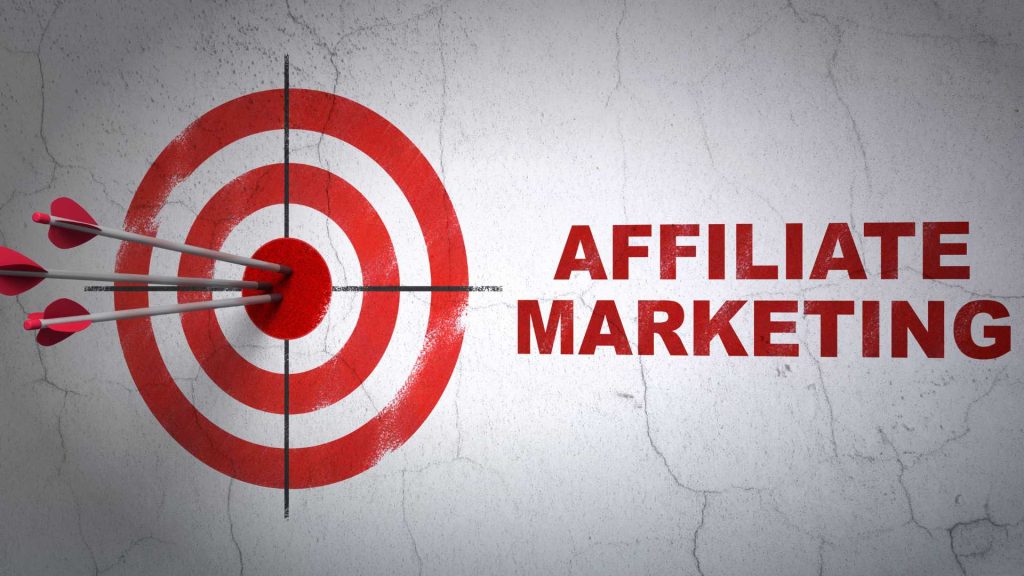
Affiliate programs are one of the most cost-effective and scalable growth levers for ecommerce brands in 2025. With the right tools, partners, and strategies, you can unlock a steady stream of revenue, build trust in your niche, and future-proof your brand’s marketing efforts. Whether you’re a Shopify startup or a global D2C powerhouse, launching or optimizing your affiliate program today is not optional—it’s essential.
⚠️ Disclaimer : The information shared in this blog post is for educational purposes only. Affiliate earnings depend on multiple factors including product type, commission structure, traffic quality, and platform policies. Always consult legal and financial professionals before launching any affiliate program.
Keywords : Affiliate Programs for E-com Brands – Affiliate Programs for E-com Brands 2025 – Affiliate Programs for E-com Brands Guide
